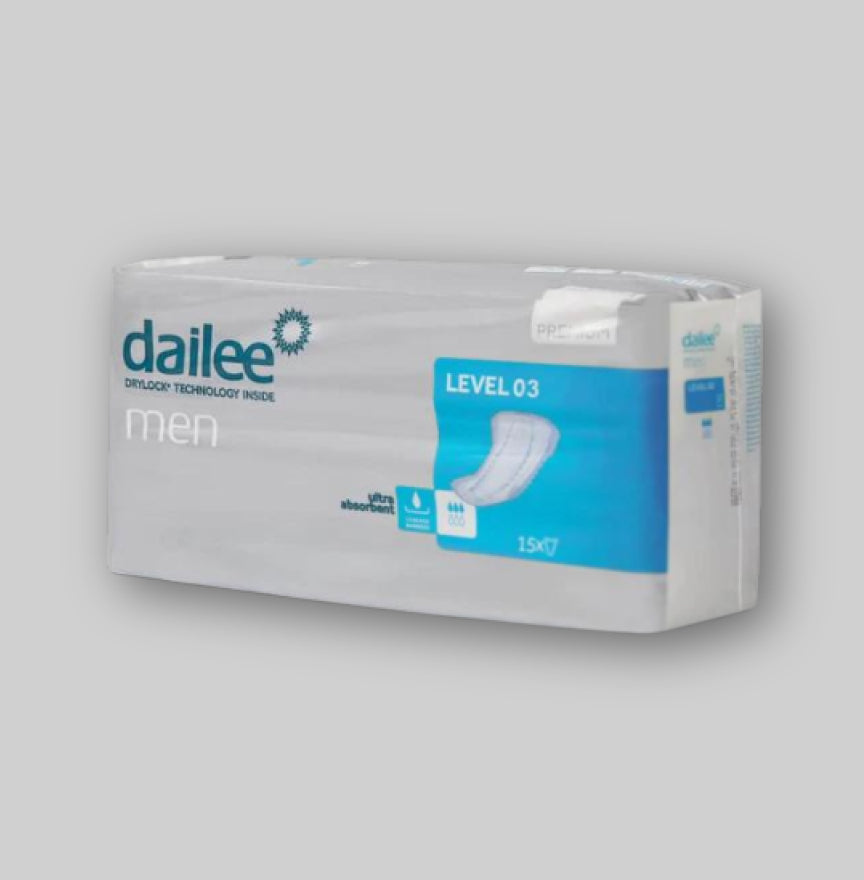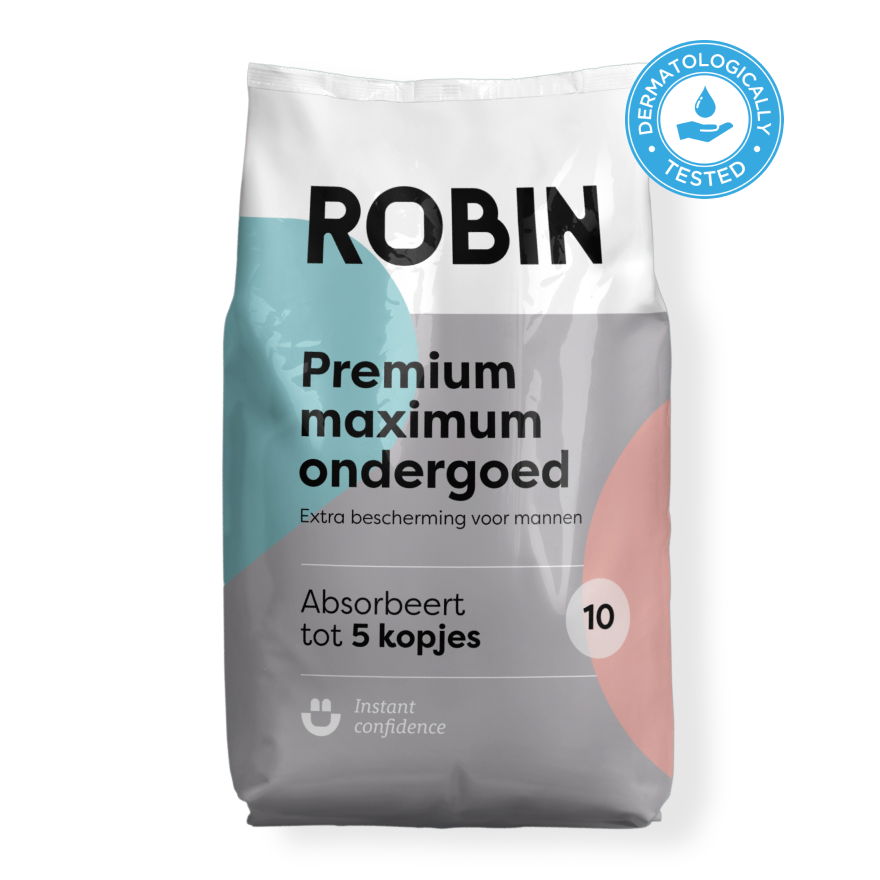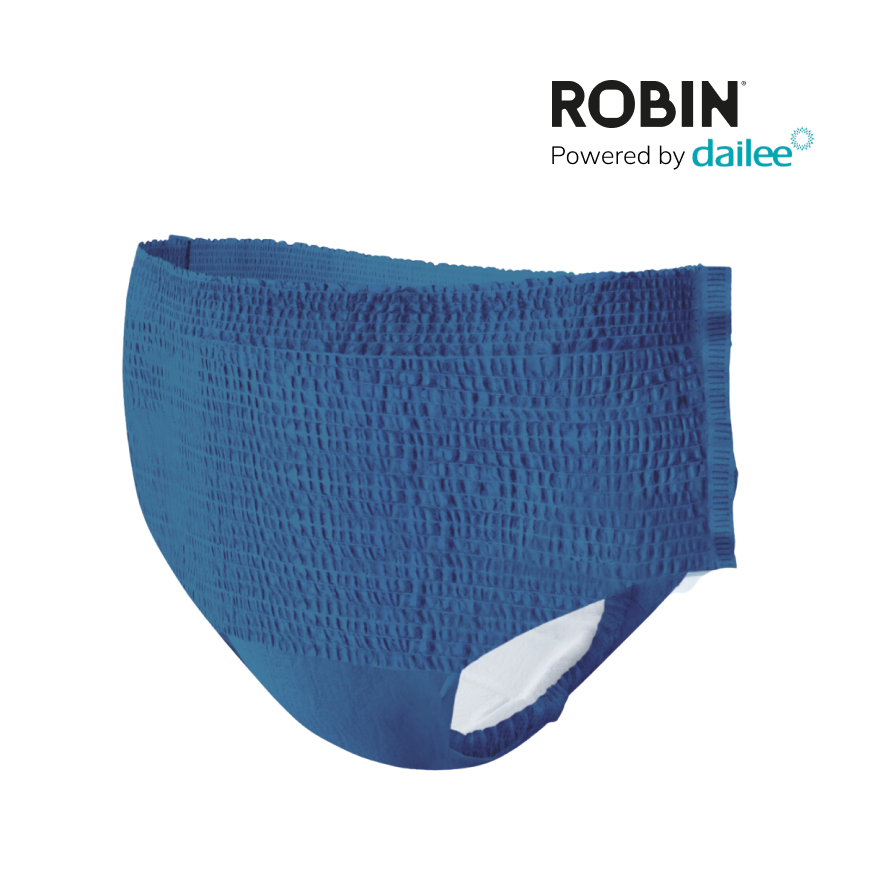Visiting the doctor can sometimes be overwhelming. Patients often want to get the most out of their appointment, but they don’t always know how to do it. Effective preparation and clear communication are essential for successful interactions with medical professionals. By following a few key strategies, you can improve the quality of care and have a more satisfying visit.

It is important that patients identify the reason for their visit to the doctor in advance and are able to clearly describe the symptoms they are experiencing. Writing down questions and the order of symptoms before an appointment provides structure to the conversation with the doctor. This leaves enough time for the patient to understand what the doctor is saying and to ask any questions.
Communication plays a key role during the consultation. Patients who can effectively communicate their concerns and actively listen to their doctor’s advice can work together to create a treatment plan that is tailored to their specific needs. This not only results in better health outcomes, but also in greater confidence in the decisions made regarding medical care.
Preparing for your appointment

Good preparation is crucial for a productive doctor visit. By gathering relevant information and planning ahead, one can ensure effective communication with the doctor.
Gathering important health information
Patients should document their medical history in advance. This includes chronic conditions , medication use (including dosages), allergies , vaccination status , and recent health changes . A clear list or table makes it easy to remember:
| Condition | Medication | Dosage | Allergies | Vaccinations |
|---|---|---|---|---|
| Type 2 diabetes | Metformin | 500 mg | Penicillin | Flu shot |
| Hypertension | Losartan | 50 mg | - | Tetanus shot |
Prepare a list of questions
It is advisable to make a list of specific questions about your health or treatment. Examples:
- Treatment Options : “What are the alternatives to the indicated medications?”
- Disease progression : “How is my condition expected to change over time?”
What to bring
In addition to their health information, patients should bring a valid ID, proof of insurance, and any referral letters. It is also helpful to bring a notepad and pen for taking notes.
Understand what to expect from your appointment
Knowing the procedure of the appointment helps set the right expectations. For example, a physical exam may be expected, or certain tests may be suggested. Knowing how long an appointment will take helps plan the day.
During the doctor's visit

A purposeful visit to the doctor is essential for good health care. Patients must communicate clearly and discuss their symptoms effectively to receive the most accurate diagnosis and treatment.
Actively communicate with your doctor
Patients should provide clear information about their health status. This includes keeping their medical records up to date and mentioning all relevant health developments. They should also ask questions if things are unclear and actively listen to the doctor's explanations.
Discussing symptoms and concerns
It is important that patients accurately describe their symptoms and the context in which they occur. They should also report any concerns or changes in symptoms. This can be done by:
- Chronological list of symptoms
- Description of the severity of the symptoms
- Overview of previous treatments and their effects
Understanding Medical Terms and Treatments
Understanding medical terms and proposed treatments is crucial to informed consent. A glossary of common terms can be helpful. Patients can ask the physician to clarify complex terminology and explain the pros and cons of treatment options.
After the visit

After a visit to the doctor, it is crucial to carefully review the information received and take appropriate action to promote health.
Follow recommendations and recipes
The patient should follow all the doctor's recommendations carefully. This may include:
- Taking medication according to the prescribed schedule.
- Implementing specific lifestyle changes , such as modified diet or exercise.
For medicines:
| Medicine | Dosage | Frequency | Duration |
|---|---|---|---|
| Paracetamol | 500 mg | Every 6 hours | 5 days |
Further tests and follow-up appointments
If additional testing is needed, the patient should schedule it and keep the next appointments. Details to remember include:
- Date and time of the next appointment.
- Specific preparations for the tests, such as staying fasting.
Follow-up appointments:
- Blood collection on Thursday, April 25 at 8:00 am.
- MRI scan on Monday April 29 at 2:00 PM.
Drawing up a health plan
A personal health plan is an effective tool for improving well-being. This plan can include:
- Health goals based on the patient's current condition.
- A schedule for regular checks and measurements, such as blood pressure or weight.
Health plan example:
- Weight loss: 5 kg in the next 6 months.
- Blood pressure measurement: once a week at home.
Self-management and prevention

An effective doctor visit starts with good self-care and prevention. Patients are responsible for their own health and it is important that they approach this proactively.
Healthy lifestyle advice
A healthy lifestyle is the basis of self-management. It includes:
- Diet : Eat a balanced diet rich in vegetables, fruits, whole grains and lean proteins.
- Exercise : Aim for at least 150 minutes of moderate to vigorous physical activity per week.
- Sleep : Get 7-9 hours of quality sleep per night.
- Stress Management : Use techniques such as mindfulness, meditation or yoga to reduce stress.
- Smoking : Avoid smoking or using tobacco products and seek help to quit.
The value of preventive care
Preventive care is essential in preventing diseases and conditions. It consists of:
- Regular Check-ups : Visit the doctor annually for a general health check.
- Vaccinations : Follow the recommended vaccination schedule to provide protection against specific diseases.
- Screenings : Get regular screenings, such as blood pressure checks, cholesterol tests, and cancer screenings, according to guidelines for your age group and health risks.
Medical records and privacy

Managing your medical records requires care, especially around privacy and access to data. It is critical that patients know their rights and understand how these rights impact the protection and use of their personal health information.
Access to your medical data
Patients have the right to access their medical records. This includes the right to:
- Copy : Patients may request a copy of their medical records.
- Inspection : Patients have the right to inspect their own medical data.
Information technology often facilitates this access through online patient portals, but patients can also submit written requests. Access requests may be subject to reasonable fees and conditions.
Understanding your privacy rights
The privacy of medical records is protected by law. Patients should be aware of laws such as:
- GDPR (General Data Protection Regulation) : Gives EU citizens control over their personal data.
- HIPAA (Health Insurance Portability and Accountability Act) : Regulates the protection and confidentiality of health information in the US.
Under these regulations, health information may only be shared for specific purposes, such as treatment, payment for care, and business operations, unless consent is given. Patients also have the right to request certain restrictions on the use of their information.
Frequently Asked Questions

The frequently asked questions below provide specific information about claiming the right to a doctor's visit during working hours, the associated rights, reimbursements and procedures for different sectors in the Netherlands.
How can I claim my right to a doctor's visit during working hours?
An employee should normally ask permission from the employer before visiting the doctor. It is important to follow the guidelines of the company or the applicable collective labor agreement.
What are my rights regarding short-term leave for a doctor's visit?
Short-term leave, intended for doctor visits, is regulated in the Work and Care Act (WAZO). Employees are entitled to leave with pay for a necessary doctor visit, provided that this cannot be done outside working hours.
What reimbursements can I expect for a consultation with the GP?
Reimbursements for a consultation with the family doctor are covered by the basic insurance. Employees are usually not required to bear the costs associated with a visit to the doctor themselves, apart from the deductible.
What should I prepare for an effective consultation with the GP?
Preparation for a consultation may include bringing an up-to-date list of medications and writing down symptoms and questions in advance. Clear communication with the GP is essential for an effective consultation.
What about doctor visits during working hours according to the collective labor agreement for hospitals?
The collective labor agreement Hospitals contains agreements on doctor visits during working hours. Employees in hospitals can usually use working hours for regular medical appointments if these cannot be planned outside working hours.
What is the procedure for reporting a doctor's visit in the Metal and Technology sector?
In the Metal and Technology sector, employees must adhere to the procedure as described in their collective labor agreement. This usually means that the visit must be reported in advance and the necessary supporting documents must be submitted afterwards.


















